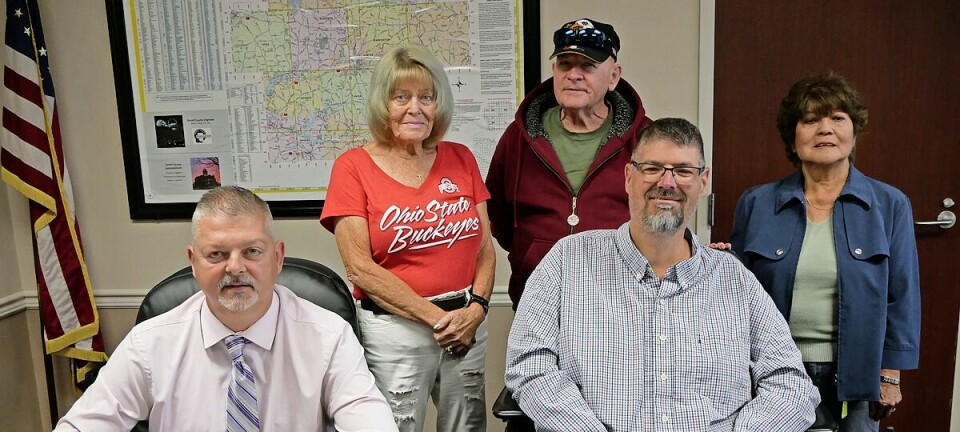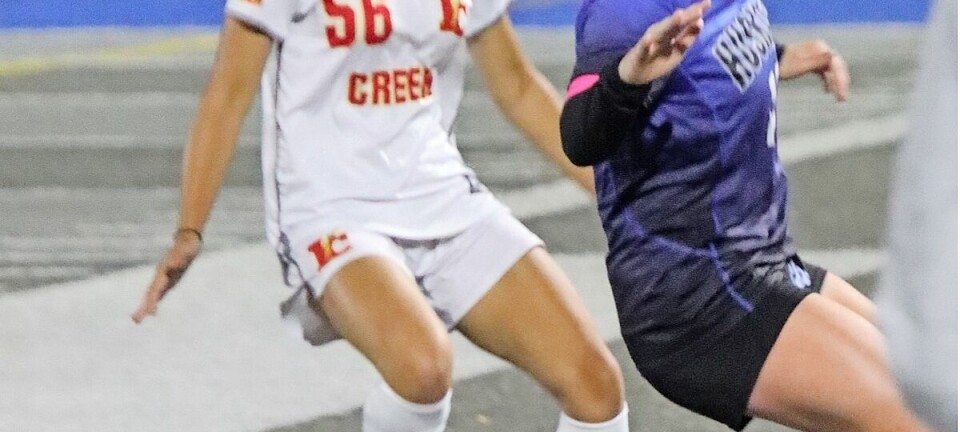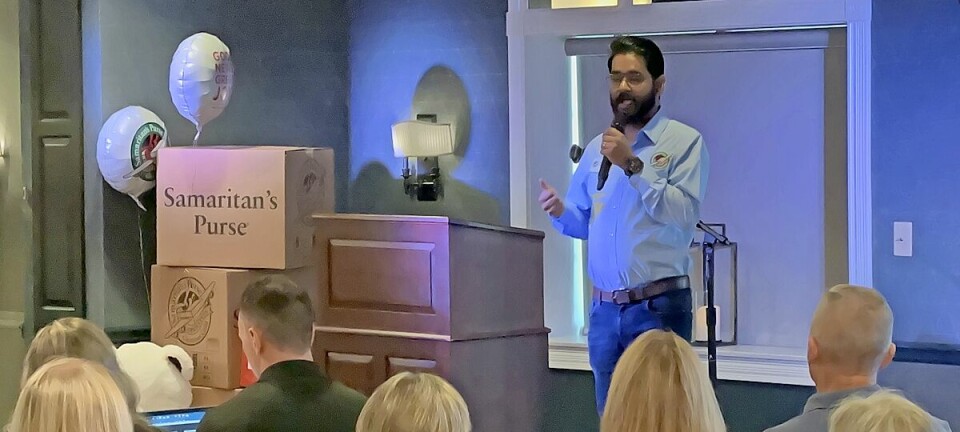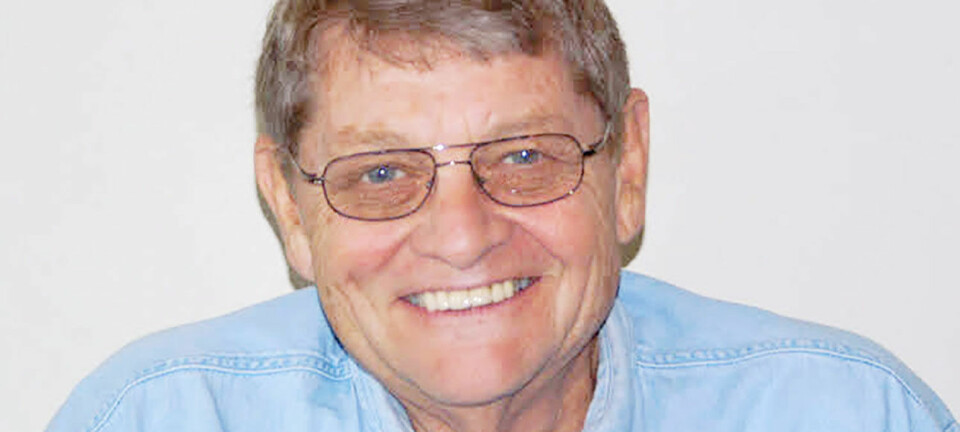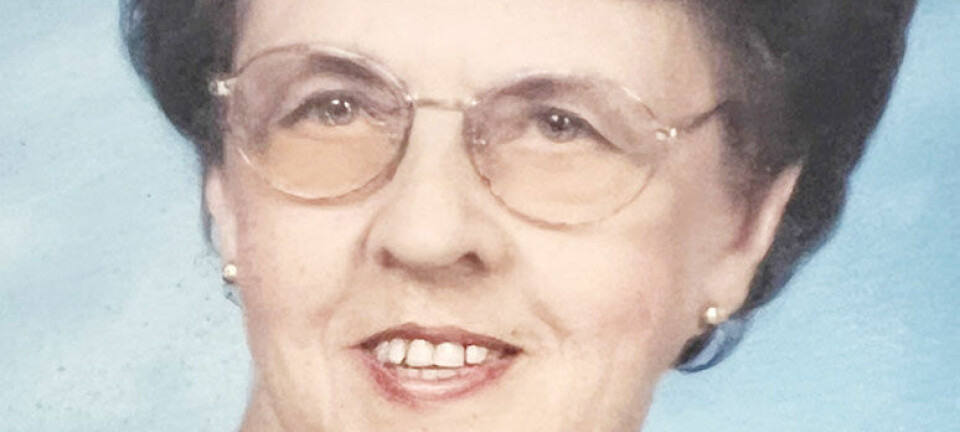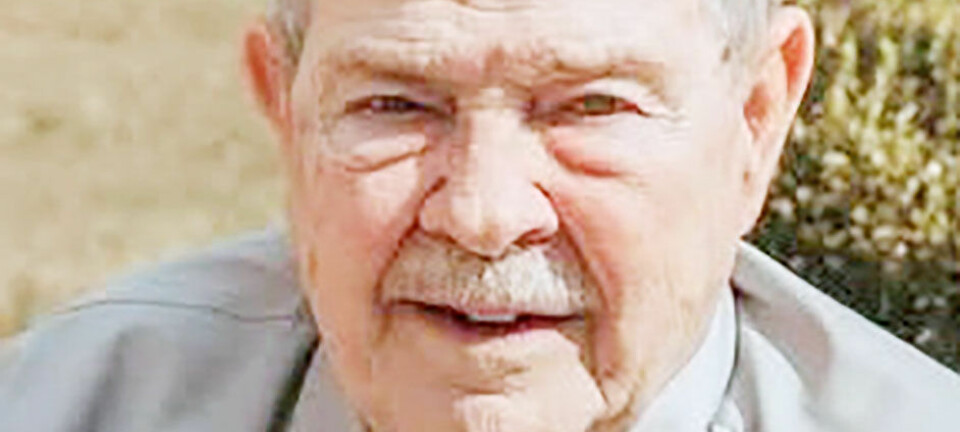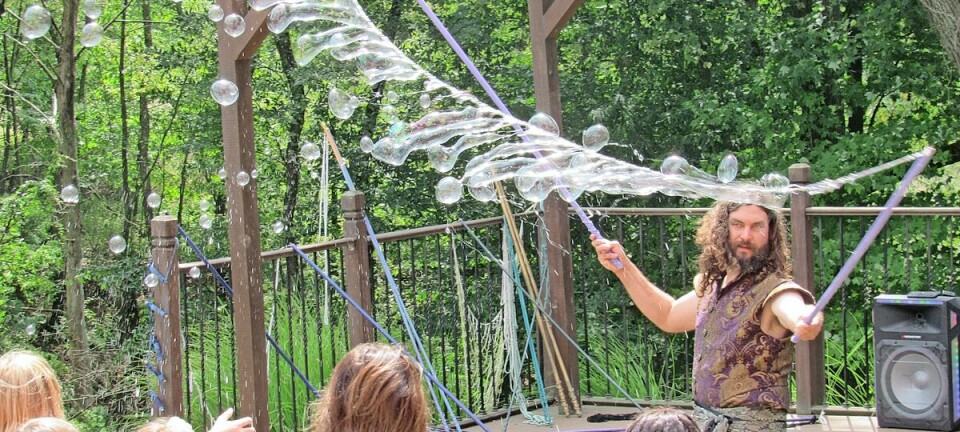Envirothon helps high school students get an early education in conservation










When it comes to learning about conservation, its tough to beat the opportunity to get out into the field and experience it hands-on, which is exactly what 54 high school teams from throughout eastern Ohio were able to do at this years Envirothon.A national competition sponsored by Canon, Envirothon is designed to test the students knowledge of conservation in five different areas, which included forestry, soils, wildlife, aquatic ecology and one current environmental issue. The Area 3 Envirothon was sponsored by soil and water conservation districts from Belmont, Carroll, Coshocton, Guernsey, Harrison, Holmes, Jefferson, Knox, Licking, Monroe, Morgan, Muskingum, Noble, Perry, Tuscarawas and Washington counties, but this year it happened that Holmes County was the choice for the event, which rotates throughout the counties every year. The site chosen for the event was the Holmes County Training Center (HCTC), and on Wednesday, April 27, a swarm of students inundated the HCTC complex to test their science skills.High school teams comprised of five students each gathered in the main pavilion for team photos and the opening ceremonies, and then following orientation at 9:45 a.m., began rotating through the various stations, where they had 45 minutes to gather as much information as possible in each category before moving on to the next.The 20 to 25 questions in each category were created by professionals who headed up each of the stations.Jim Bishop, forester with the Muskingum Watershed, and John Jolliff, service forester with the Ohio Division of Forestry, each submitted two dozen questions, and then the committee from Holmes County chose the ones they felt were most apt to represent Holmes County.All of the questions are designed to relate to current topics on each of the fields, said Bishop. Our station includes best management practices, soils, tree identification and forestry questions, and mainly the kids will have to understand the basics of forestry.We each wrote 20 to 30 questions and submitted them, and from those questions they picked the 25 for the test, added Jolliff. There is a wide array of difficulty. They dont have to be Ph.Ds to get them, but they do have to have a good knowledge of what is going on, because some of the questions are very advanced.Carrie Elvey, a naturalist at The Wilderness Center in Wilmot, said that one of the unique things about grouping the students into teams of five rather than having individual students run through the process is that it allows each school to choose members which specialize in a single category. Thus, the student who has plenty of knowledge in forestry or aquatic ecology will be able to add to the teams effort in their specialty field.She also said that by preparing site specific areas where the students had to get their noses out of the textbooks and into the natural landscape of streams, trees and fields of soil, they would have to be able to think on their feet instead of memorizing specifics from the text supplied by Area 3.This appears to be an exceptional group of students, said Elvey, as she aided another group of teens through the aquatic ecology portion of the testing. By getting the teens out into the field as part of the test, they must be able to see something and identify it, and work together in getting the right answers. It has been challenging for them, thats for sure, but they really seem to be grasping what they need to know.At the soil station, teams were given two minutes to explore a soil pit dug in the field abutting the north side of the training center complex. In addition, Steve Prebonick, state of Ohio soil scientist, and Rick Griffin, resource soil scientist with NRCS in Zanesville, had tagged a number of different soil samples, both in the pit and throughout the field, where teams had to make observations and identifications.Some of the questions in the testing come directly from the Holmes County survey book, while we were able to design questions which are site-specific, said Griffin. In our pit, we have different layers of soil, and they must be able to identify organic matter, sands, silts and clays, and identify the different strata, and explore which has the most organic material.The Holmes County soil book is created to supply information about the various soil types throughout Holmes County. Prebonick said that each county creates its own books, and that helps in the learning process.This is such a great program because it allows kids who are interested in the sciences to explore and learn in ways that go beyond the typical classroom setting, said Prebonick.Michelle Wood, Holmes County SWCD program administrator, said that while it is a lot of work for a county to host Envirothon, it is well worth it. However, this year, they had to take extra precautions because of the massive amount of rainfall the areas has had, and not knowing if the testing would be indoors or outdoors made it extremely harrowing. However, it all came together and the event beat the afternoon rains.You worry and worry about the weather, even though you cant control it, said Wood with a chuckle. In the end, it all worked out and we were able to utilize the sites we had prepared. Im thrilled, because that adds so much to the event rather than just diving into textbooks.While the students went station to station, their previous efforts were being scored by the judges, which allowed them to finalize the numbers before the day was done.With 54 teams, there was plenty of competition, and when the last tests were tabulated, it was the team from New Lexington High School in Perry County that had totaled 96 points, enough to get an edge on runner-up Philo High School (Gold team), which finished with 93. Following in order of finish were Granville High School (92), Mt. Vernon FFA (92), Sheridan FFA (91) and Granville High School (Blue).Locally, the Buckeye Career Center finished a solid ninth with 86 points, while New Philadelphia and Indian Valley finished tied for 22nd with 72 and Hiland finished 28th with 68. The top four teams are eligible for the State competition at Bowling Green State University later this year, with the winner there moving on to the Canon Envirothon Nationals in Nova Scotia, Canada.Holmes County Soil & Water board member Harold Neuenschwander said that the Envirothon, much like the Tom Graham Fifth Grade Farm Tour, is designed to educate students on the importance of working toward good, sound conservation practices.Teaching and training youth in the importance of conservation is one of the most important things we do, said Neuenschwander. I love seeing these kinds of things take place, because you cant substitute anything for hands-on work in the field. It stays with kids better. This is about creating an awareness, and everyone needs to be aware about how we can conserve and best utilize our land, not just the kids.As for the students involved, some of them may well explore conservation in their line of work as they become adults in the work force. Krista Albright, Hiland FFA chapter advisor, said that this is a good life experience for her team members, noting that not many other students are afforded the opportunity to see natural resources in action like this in the classroom.The kids can see it and apply it here, said Albright. Its one thing to be book smart, but another to be able to see it firsthand and apply it. This competition takes a hard work ethic and a lot of teamwork, and the kids get a lot out of it.



